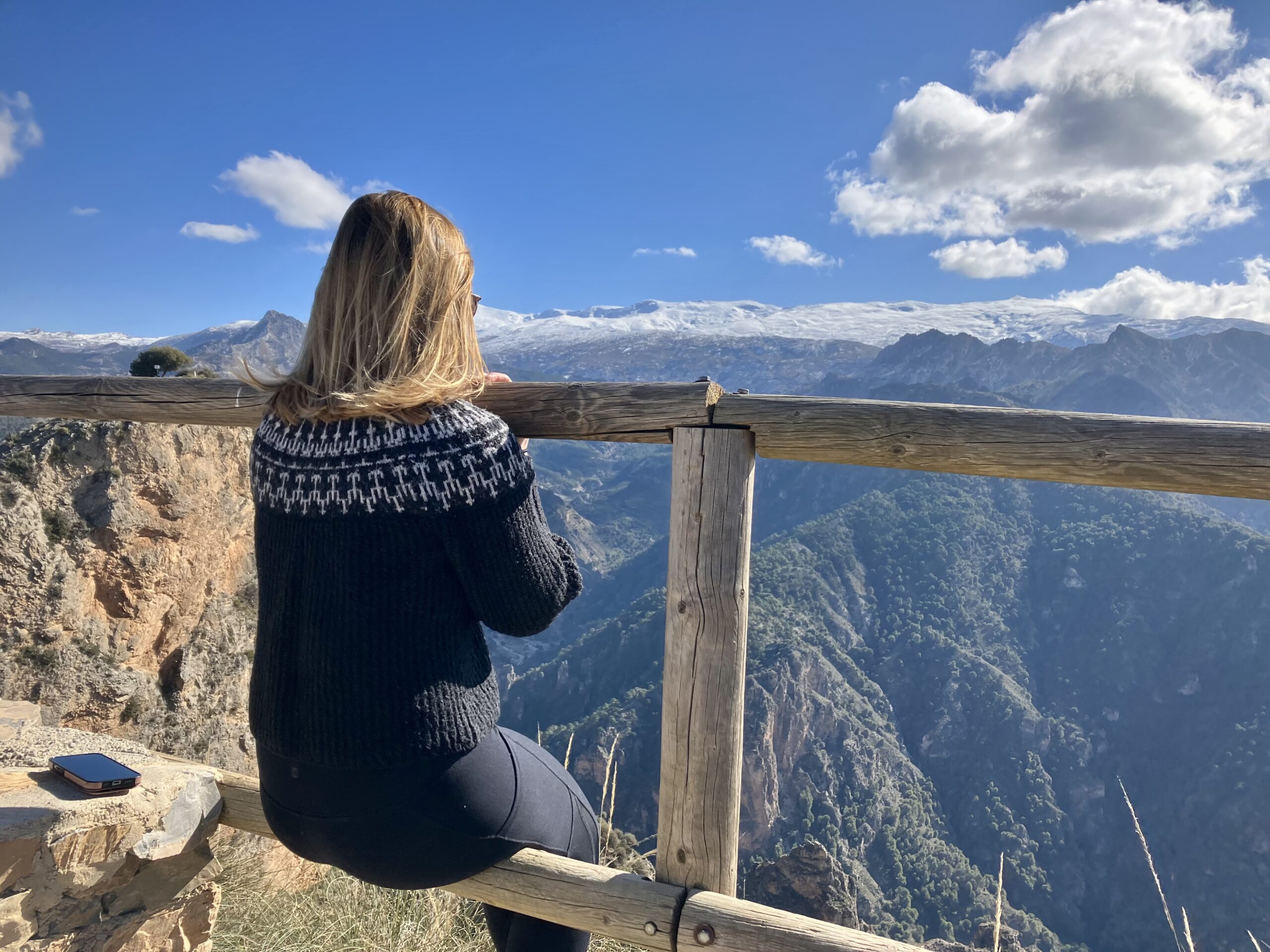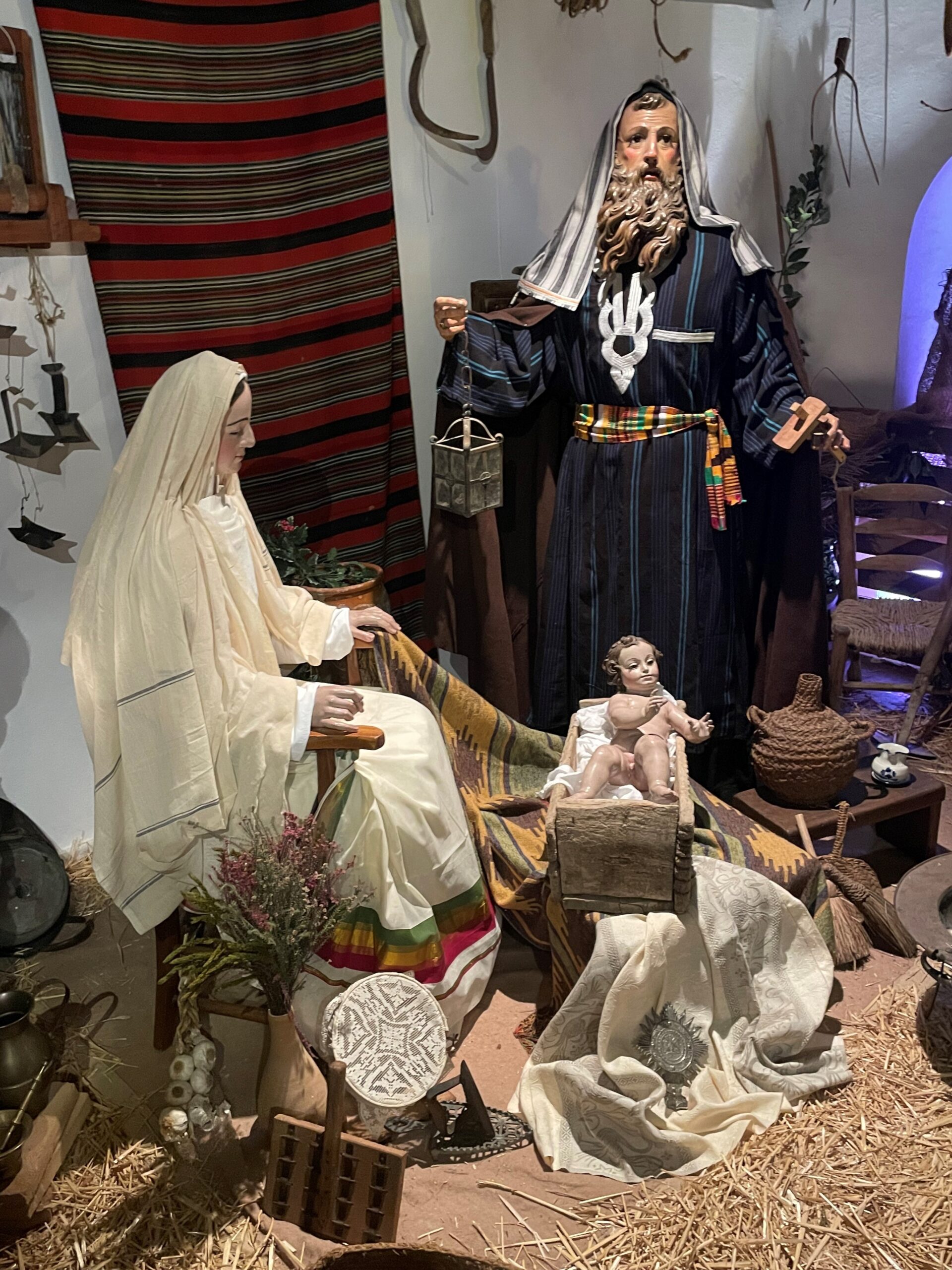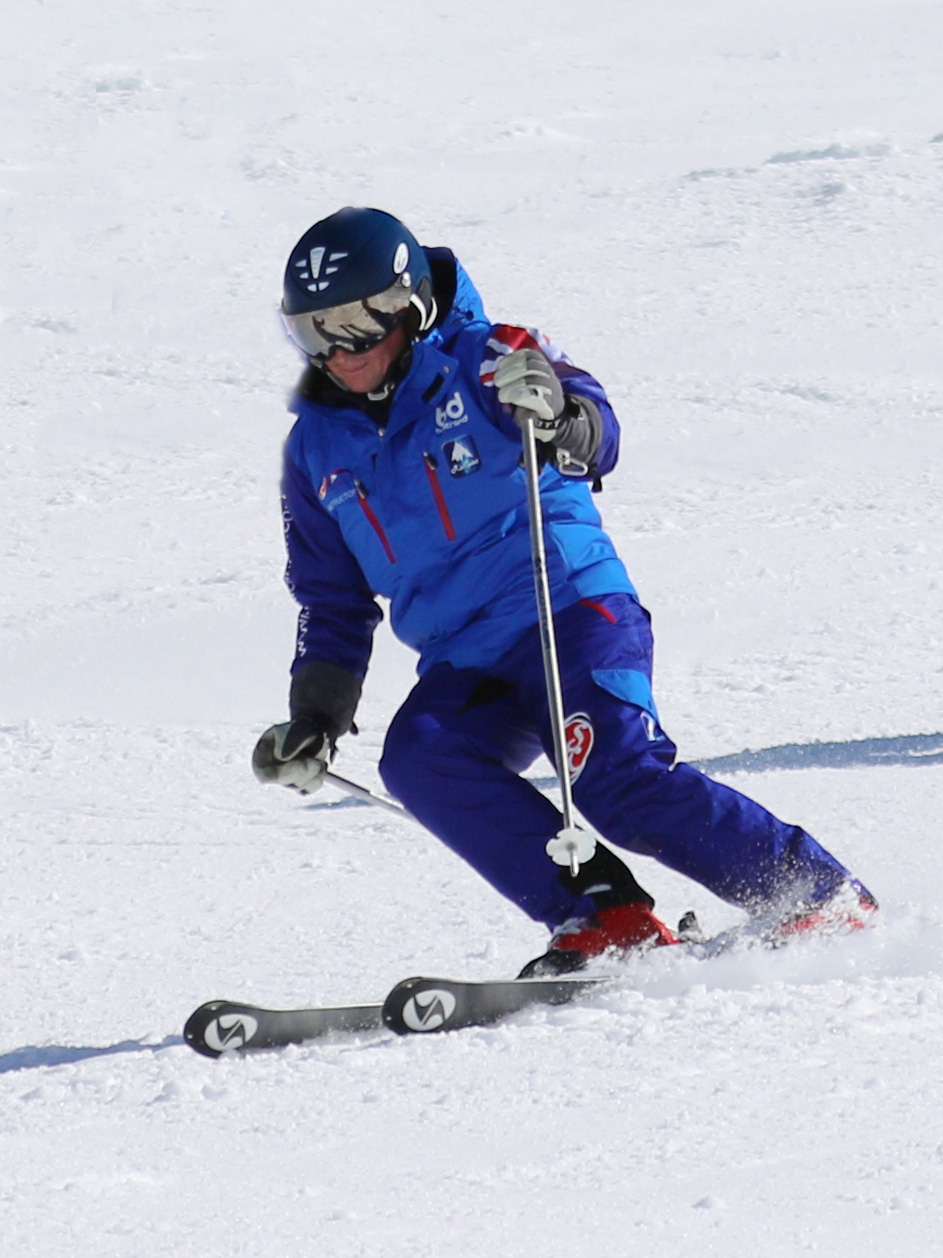The name Federico García Lorca is synonymous with Granada. The 20th-century poet and playwright, assassinated in 1936 by the Nationalists at the onset of the Spanish Civil War, ranks among Spain’s most renowned writers. Today, his legacy is guarded at the Centro Federico García Lorca, situated in the heart of Granada in Plaza Romanilla, run by Laura García Lorca, the late poet’s niece, daughter of his brother Francisco. In an intimate interview with the StayLonger Guide, Laura talks about her uncle’s life and work, how she ended up in Granada and about her vision for the Center which, 15 years after its opening, she feels is finally becoming the institution and space that she envisioned.
You were born in New York. How did that come about?
The families of my paternal and maternal grandfathers knew each other and were very close. My fraternal grandfather was a farmer who grew sugar beets after Spain lost Cuba after the war and sugarcane import stopped. My maternal grandfather, Fernando de Los Rios, was an intellectual, a socialist politician who served as the Minister of Justice and the Minister of Education and eventually, in 1936, during the first months of the Spanish Civil War, was named ambassador to Washington. After the Civil War, my grandfather Fernando convinced the García Lorca family that they all move to the United States. Following his advice, both families boarded a ship in Bilbao and immigrated to New York. My parents had known each other since the age of five. They got married in 1942 and I was born in New York.
Your uncle, Federico García Lorca, also spent part of his life in New York…
Federico was educated under the guidance of Fernando de Los Rios, who would later be my grandfather. He suggested that the Lorca boys attend the Residencia de Estudiantes in Madrid. Many young intellectuals and artists of the time congregated there, including Luis Buñuel and Salvador Dalí, with whom Federico established very close friendships. Both criticized Federico quite strongly after he published the Gypsy Ballads (Romancero Gitano) and referred to him as a crowd-pleaser and a pop poet. At the time of his falling out with his close friends, his romantic relationship with Emilio Aladrén Perojo came to an end. His mentor Fernando, who was lecturing at Columbia at the time, asked the distraught Federico to come to New York, and he did. That was also the time when he wrote Poet in New York, which was not published until after his assassination. By the time he came back to Europe from New York, his career had taken off. He was a big literary star and traveling the world.
He was not the only one who came back to Spain from New York. Your family also moved back to Europe in 1967 when you were 13 years old. How do you recall that childhood experience?
This was a completely new experience. I was already very rooted in New York and American culture. Thirteen is a difficult age to separate from your friends, just as you are starting to learn what life feels like. But I did love Spain. As a child, we came back most summers, so I liked being here, but at the time, I certainly did not want to move.
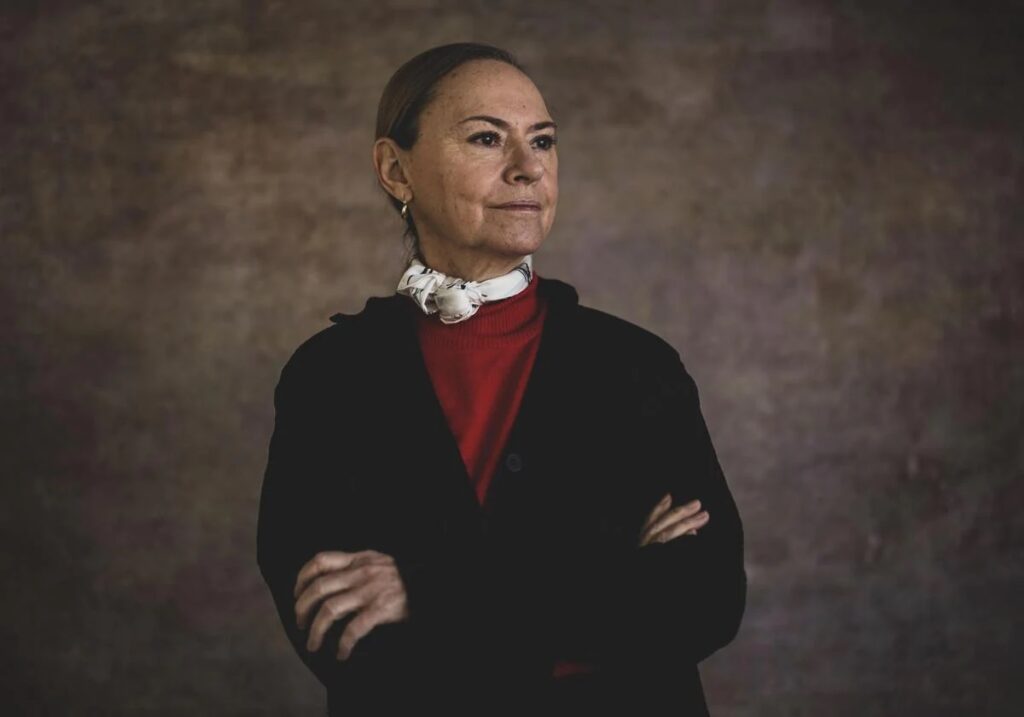
How did you end up in Granada?
I was living in Madrid and never planned to move here. I was asked by my aunt to come to Granada to direct the Huerta de San Vicente, my late uncle’s summer residence which was being opened to the public. My professional life until then had been quite colorful. I had a brief and unsuccessful career as an actress. From there, I went on to work as the editor of the Spanish Vogue when the magazine launched in Spain, a job that came about somewhat coincidentally. I love fashion but did not want to be doing that for the rest of my life. I felt strongly about literature and reading was central to my life. And so, I started a project to get adolescents and young adults to read. While doing that, I was already trying to organize the family papers and records. When my aunt called and asked me to work for the already-established Fundación Federico García Lorca and to run the Huerta, I thought to myself, my God, this is the last thing I want to do! But I felt I had to, I had a sense of duty… And this is how I ended up in Granada.
What did your work for the Foundation look like?
We started in 1995 with the opening of the Huerta de San Vicente, Lorca’s summer residence, but things were initially very difficult. Thirty years have now passed since then and I feel that for the first time, things are finally starting to work out. Our biggest challenge was funding to keep the Huerta open; we had to close it down a couple of times because we could not afford to keep it running. But I had a very clear vision for this project: to create a place of international scope and importance dedicated to the life and work of Federico Lorca. We began inviting excellent musicians and Nobel Prize-winning lecturers to build interest. This was easy to do because one amazing thing about Lorca is that his work does not only represent poetry. He is theater, he is prose, music, film… He had a strong presence in so many different art forms.
Eventually, the Foundation’s work evolved into the place where we are sitting right now, the Centro Federico García Lorca in the heart of the city…
Yes, the Huerta was a small place to operate out of. I brought all of the family archives from Madrid to Granada and envisioned a space that could hold everything that Lorca left us, a space that could underline the fact that he is not only alive in the lives of readers of his work all over the world but also in the lives of artists that have a very intense and creative relationship with his work—artists for whom he remains a great inspiration. We envisioned a place with a theater, an exhibition space, workshops and a library. The idea for this center was a suicide mission of sorts, a project of astronomical proportions, but it was one worth fighting for. It was hard for me to come to terms with why this was such a challenging process, but in hindsight, I would probably do it all over again. Today, after so many years, I finally feel like everyone is on the same page, everyone understands that this project needs support, that it needs funding to run programs and to hire more staff.
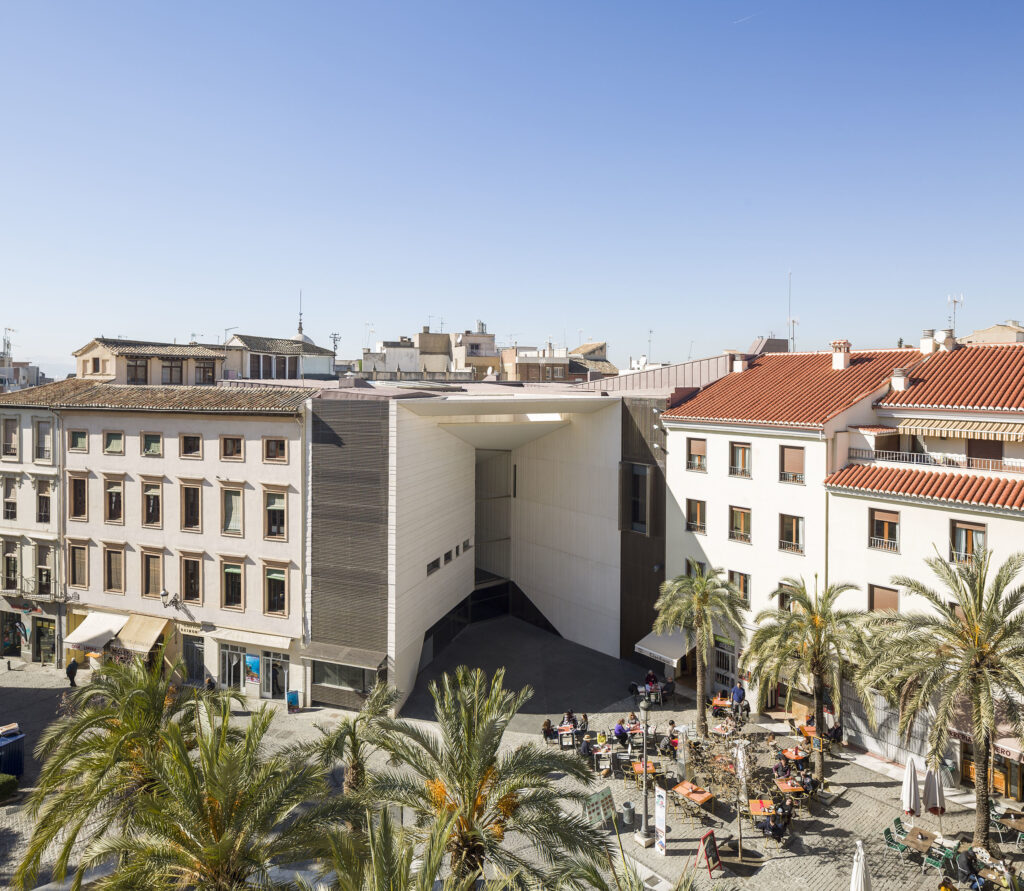
How did this project evolve from an idea to a fully operational center dedicated to your uncle’s life and work?
Construction on the building started in 2005 and was completed in 2009. But the center did not house Lorca’s archives until 2019, when the foundation and local institutions came to an agreement to house them here. One can say that this is when this place became what it was meant to be. Before that, it functioned as more of a cultural center. Initially, we explored a number of offers for sites that could be converted into the center, zamienic na „but none of them were really good enough. Eventually, the city gave us this lot, right in the city center, and it was ideal—right next to the Cathedral in the heart of Plaza Romanilla. We received €14 million from the European Union to fund construction, and the remainder of the €19 million price tag came from local government institutions. We launched an open, international competition for the design of the building, with Rafael Moneo, a Pritzker Prize-winning Spanish architect at the helm of the jury. Architects from 23 countries submitted their submissions but the jury selected a proposal by a group of young architects studying in Barcelona, who had just finished their PhDs and never built anything. Three of them were Mexican and one was Slovenian.
The modern building contrasts sharply with surrounding architecture. Was this intentional?
We knew from the start that this needed to be a modern building. When the designs came in, I asked one member of the jury what he saw in this particular proposal, and he said that it’s the only one out of 173 that were being reviewed where the building doesn’t occupy the square but the square is the building, it’s a continuation of the public space. I am glad that the jury chose to go with the three unknown architects who were living in Barcelona.
Why is it important for tourists to Granada to visit the center?
The archives remain at the heart of the center and were the primary objective for this space. These archives were collected by various family members and later digitized. They include drawings and manuscripts, which are today examined by researchers from all over the world but are also open to the public. As far as our programming, I realized in the process that it does not always have to be connected to Lorca, but his presence is found everywhere and inspires many of the exhibits and events that we put on here. We recently held an exhibit based on an idea that came from Lorca’s drawing of an eye with a lot of little hands coming out of it. The curator started with this drawing and created an exhibit of Lorca in relation to the hand of Fatima in the Alhambra. This is an example of where we want to go with our programming.
Would you say that the exhibits and programming are universal in a sense that they cross the language or cultural barriers of visitors who participate in them?
We do provide translation when needed and hopefully, soon we will have many more performance, literature, theater, music and dance activities that will attract more visitors to the center. We are doing as much as we can with a limited budget, but I am hopeful that this will soon change. I think the center allows visitors to connect with Lorca’s work, to make it personal but also to examine his legacy in a modern context. We want our visitors to not only consume but to participate and interact. That is generally the direction in which the arts are moving today. We don’t want just the artists to share their experiences with the visitors, but for the visitors to be able to share their own experiences with the artists. This creates a closer and more intimate approach to the creative process.
Lorca fought political oppression, and oppression because of his sexuality. He was a fighter for tolerance and justice. Would you say that the center’s role is not only that of a curator of his work but also of his ideals?
Absolutely. And this is also very true when it comes to art. We defend what is different, what is new and experimental. We want the center to be a place where people can create and express themselves freely.
Changing topics a bit, your family is adamant that it does not want Lorca’s remains to be found. In an interview for Vogue magazine, you once said that his lying in the hills of Granada is a testament to everyone else who perished there. That is a very profound and selfless statement… Most families would want to pursue that kind of closure.
Well, as his nephews and nieces, we feel strongly about that because he is always singled out, celebrated daily here in Granada and all over the world. But in the context of what happened here and historical memory, we feel he should not be singled out. The fact that his remains are mixed with hundreds or thousands of victims is a very strong statement. His being there, symbolically, is a way of protecting the memory of all of the victims. I understand the counterargument and we have never stopped other families who are looking for remains of their loved ones, we understand that need. But we feel that his name should not be singled out and should be listed just the same as the others, in alphabetical order. His disinterment would be a theatrical spectacle given the pop quality surrounding his person and name. He has given so much to society and to all of us, we just want to let him be there, where We do not deal in rentals, only sales Call us or stop by the office for impartial advice on all aspects of buying property in Granada and in the countryside of Andalucia he shares the destiny of all of the others who are there.

